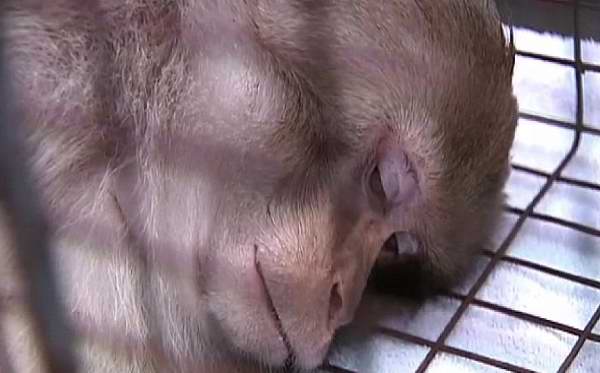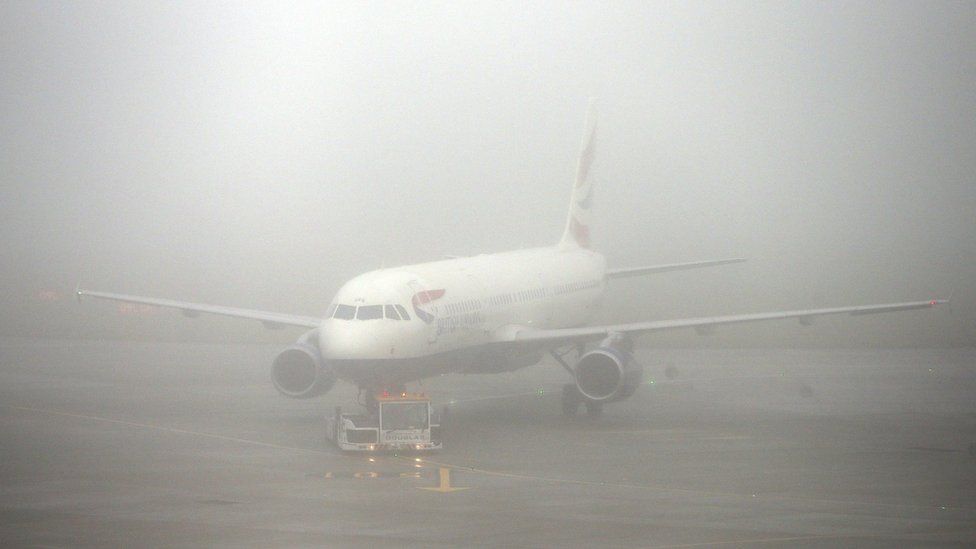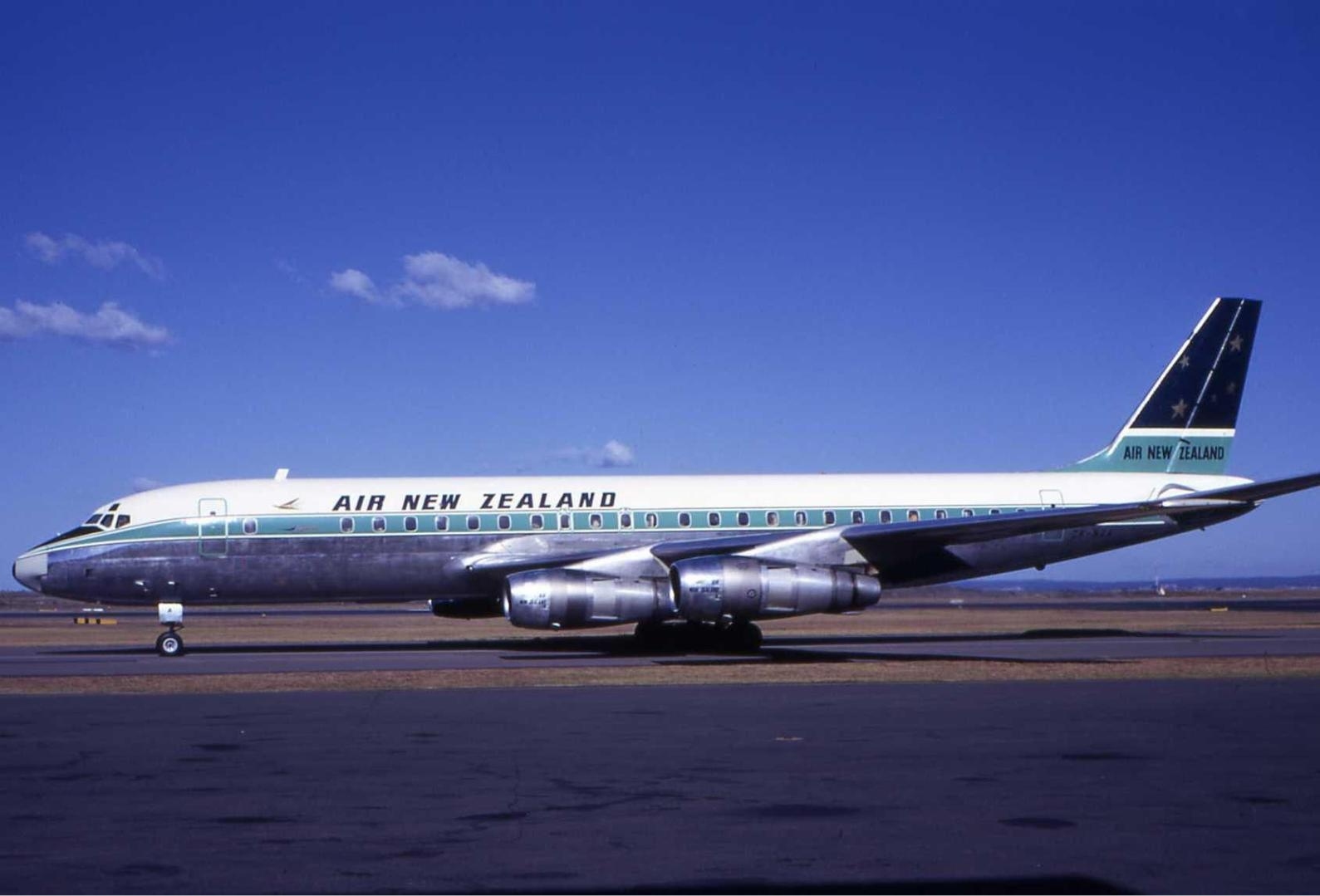Some months after Ollie’s weather forecast incident I was again on nights, but this time with another colleague, when we received a message from the inbound aircraft that they had an emergency.
We asked for details, and it was not an emergency of the aircraft, but a passenger problem. Knowing the aircraft was a freighter, why did they have a passenger problem?

To give you an idea of the inside of a freighter the above picture is of a B727 which is smaller than a B707, but the principal is the same with the ‘ball bearing’ roller beds to roll palleted cargo to the correct location.
The larger planes of today can carry a higher payload than the B 707C. (C=cargo)

The above is the main deck of a B747 freighter, as you see they can now load pallets side by side rather than one behind the other. During my BOAC days the pallets were pushed in to place by airport loaders, whereas today it is mechanically controlled.
There are aircraft that are called QC – quick change – which means the passenger seats can be stripped out and pallets loaded in their place.

This is a B 737 QC – note that the passenger overhead lockers are still in place only the seats have been removed to make room for cargo.
Of course you don’t have to remove the seats if you don’t want to . .

The above is a B 737 where the seats have been left in place, but protected, and cargo loaded instead of passengers. Thanks to Covid-19 this system has been used a great deal due to the lack of passengers and the demand for cargo aircraft.
Back to the emergency on BA 066 freighter from New York to Manchester and finally London.
We asked more details of the emergency and what we could do to help.
Part of the cargo on this trip was a live dolphin –

The dolphin would be in a hammock, which was in a water tank, the ‘passenger’ would be accompanied by a ‘handler’.

I have included this picture to clarify the ‘hammock’ system, which shows a ‘multiple’ system. Obviously every care would be taken for the health and welfare of any animal.
The emergency was the dolphin, it had given birth earlier than expected, and this was perhaps due to it being her first flight. . .
The request was for a smaller tank for the calve, and can we have it ready for their arrival?
We asked how large will the tank have to be?
Not smaller than about 45 inches (1.1 mtr) we were told, at that time the UK was still measuring items in feet and inches.
The two of us at the BOAC base put on our thinking caps – a baby dolphin, 45 inches long, the tank has to be large enough to hold the dolphin and a certain amount of water . . . . who would have such a tank?
So, being resourceful (as we thought) we rang Manchester zoo and asked if they could possibly bring out a container for a newborn baby dolphin born on a B 707 over the Atlantic? . . . . . click!
They didn’t believe us. . .
Never mind we will ring Chester Zoo, they are a much larger concern and we were sure that they would know what to do . . . click! again.
The dolphin was consigned to a zoo in Yorkshire, so we rang the Yorkshire zoo, but the zoo did not answer the phone.
I suppose ringing at 3.00 am didn’t help. . . .
Then we had a brainwave we would ring up an undertaker for a waterproof coffin that could hold the dolphin and the water. We rang a few and didn’t get anywhere, well, we thought it was a good idea.
Thinking caps again, and the aircraft was getting closer and closer . . .
Finally, we thought outside the square – just a little outside, by offering a largish sum of money – who to ring – Scotland of course! (A very un-pc thought in today’s world)
We rang our office at Prestwick airport (they were awake) and had a chat and suggested the coffin idea – they agreed and said they would let us know.
Eventually our Prestwick office found an undertaker who was willing to take a chance that we were telling the truth.
So now it was up to us – we called up BA 066 and explained the problem that we had in getting anyone to believe us in Manchester and suggested that they divert to Prestwick where an undertaker with his plastic lined water tight coffin was waiting.
There was a long silence until at last we heard the Captain telling us that he had been in contact with air traffic control, and he was diverting to Prestwick, but he would not be calling at Manchester after Prestwick because he would be out of hours if he did, and would not be able to take the aircraft to London.
We agreed, and told him that we would deal with the cargo agents in the morning – well to be exact, dealing with the agents who were going to be as mad as anything due to their cargo being in London, would not be our worry as we signed off at 7.00 am and went home to bed.
The cargo would be trucked from London to Manchester and would arrive the following morning.
Both mother and calve survived and were trucked from Prestwick to the Yorkshire zoo, and everybody was happy including the Scottish undertaker.

Perhaps things have changed, because I have read that Yorkshire now advertises boat rides for visitors to visit dolphins in their natural state rather than going to a zoo.

















 More homes along the bank.
More homes along the bank.
















































 The Tatton Arms
The Tatton Arms

